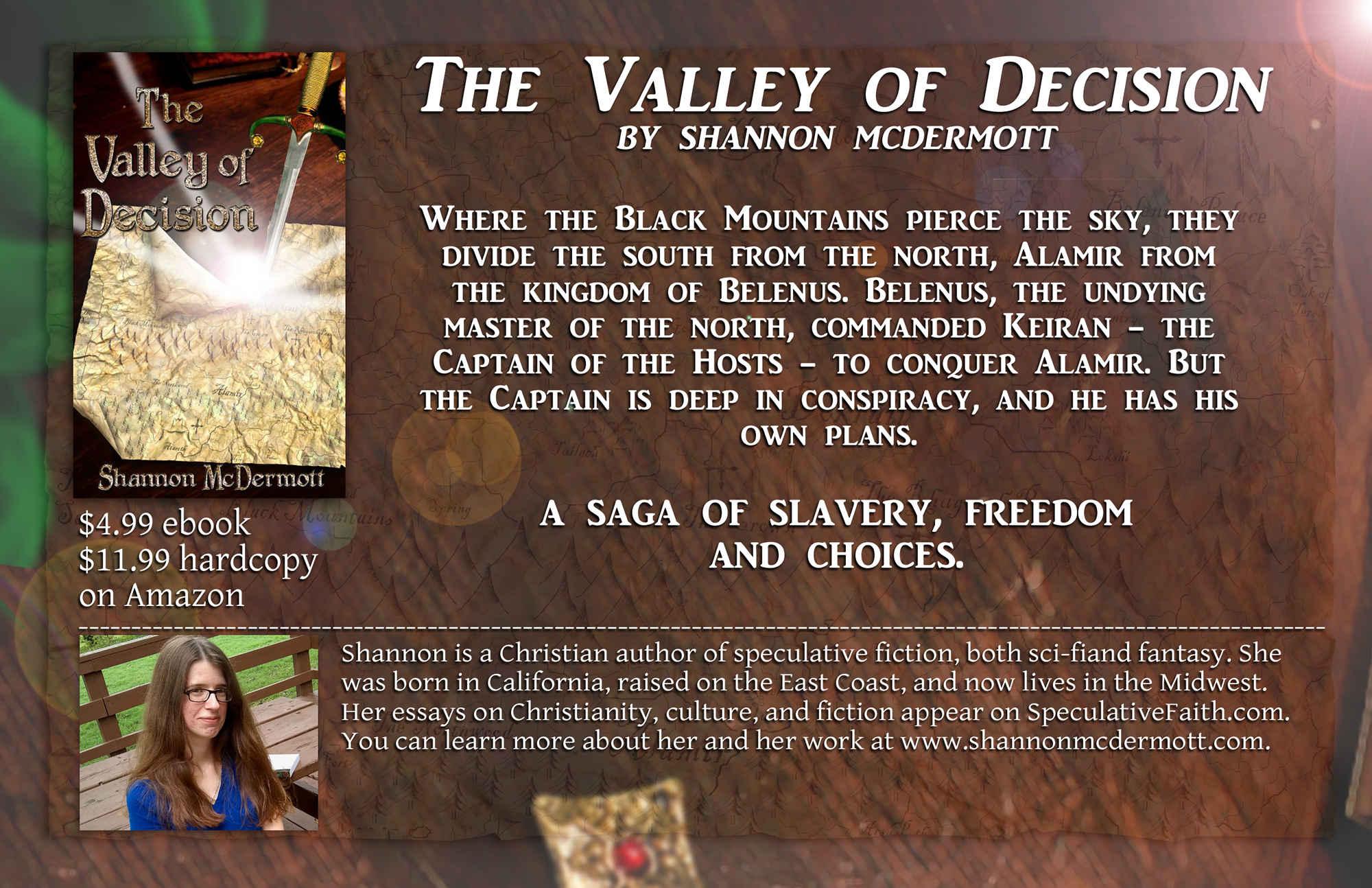Review: The Monster In The Hollows
Janner has fled his hometown, braved the lawless Strand, escaped the dangers of Dugtown, slipped from the grasp of countless Fangs, and crossed the Dark Sea. Now he’s in the Green Hollows, a rich and beautiful land. Above all, it is a free land, where he can walk the streets without fear of Fangs. The only downside is the people.
I’m sure they’re decent folk, once you can get past the distrust, suspicion, and punching. It’s just hard to get past. Never is this more true than when your brother looks like a wolf.
The Wingfeather Saga is a story about family – how they help each other, how they love each other, how they strengthen each other. It is also about how they complicate things, such as your life. When you have, like Janner, one heck of a family, you get one heck of a complication.
Monster in the Hollows is in some ways more serious than its predecessors. The pandemic quirkiness of the first book is restrained, and the humor is noticeably less – though even so it’s funnier than most fantasy novels.
The book’s themes are weighty. The first can be summed up in the words of Aleksandr Solzhenistyn: “A human being is weak, weak.” The second theme is shame – both deserved and undeserved. Yet for all this, Monster in the Hollows remains the most staid of the three books. I don’t think so many pages have ever passed with so little danger.
The middle of the book – about a hundred pages – lapsed into a school story. It was a well-told school story, with conflict, humor, and emotion, and it sowed the seeds of greater things. Still, it was a school story. For me, at least, it lagged.
Then it began picking up speed, gathering power until, finally, it burst into glory. The end of Monster in the Hollows is a work of beauty, crafted with strength and depth.
Monster in the Hollows succeeds as a book. It succeeds also as part of a series. It advances the story toward its ultimate confrontation while digging deeper into what has already been told. The mystery of what happened to Artham continues to be unlocked, though his part is fairly small. It’s an unhappy trend of the Wingfeather Saga that Artham appears less in every new book than in the one before.
Monster in the Hollows is less funny than On the Edge of the Dark Sea of Darkness, and less exciting than North! Or Be Eaten. But it is more beautiful than either of them. It is also, I think, more profound. There is a clear view of the Fall of Man – not in the worst people but in the best. Monster in the Hollows is, at times, only a good school story, but in the end it is a wonderful novel woven with glory and tragedy.
(Originally published at ShannonMcDermott.com.)





































